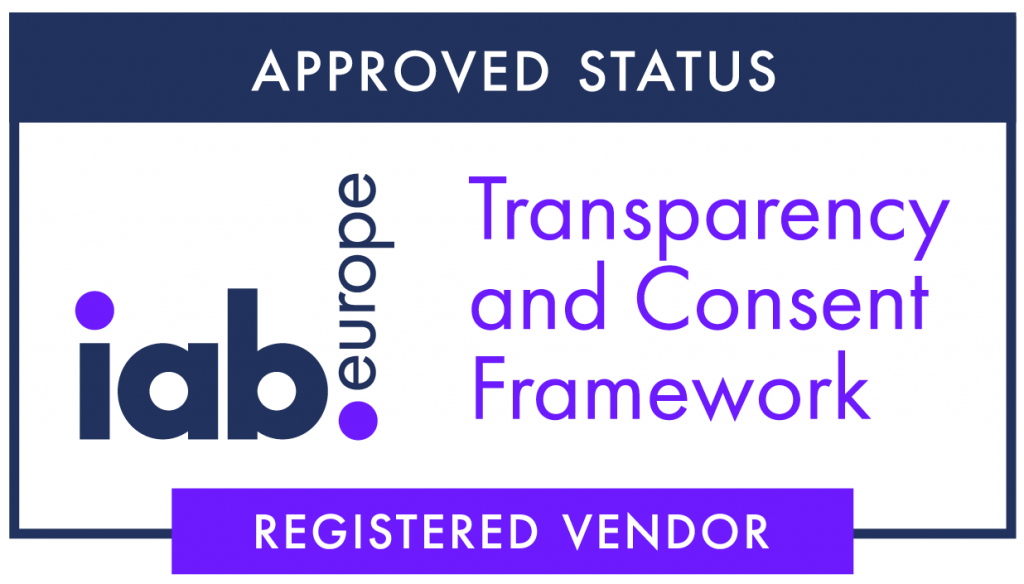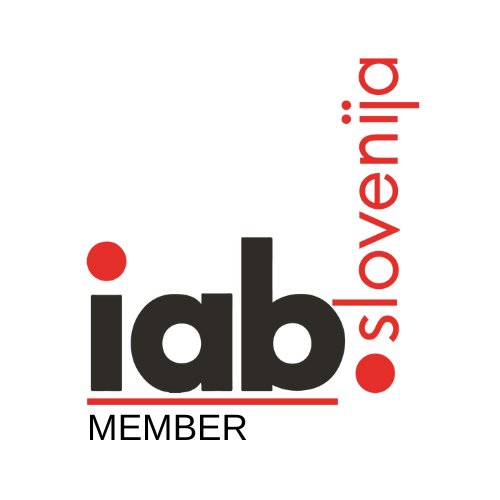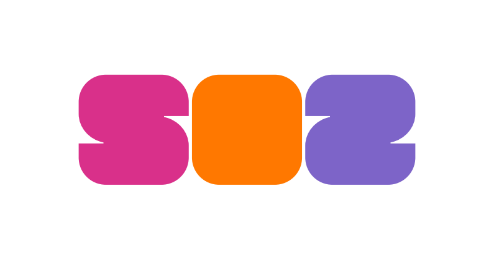
The native video market is growing and the native video advertising market is predicted to register a CAGR of 25.2% during the forecast period (2022 - 2032).
Advertising is changing at lightning speed with the internet. Native advertising is dominating advertising trend and has become one of these companies’ primary sources of revenue in recent years. People are much savvier about the way they engage online, and they are wary of slick and tricky advertising methods. Many advertisers are finding ways to improve the user experience and to make people feel more engaged with their content in order to get more exposure and clicks.
Native Advertising has Seen Explosive Growth
In recent years, native advertising has seen explosive growth as more consumers abandon social media in favour of editorial and content-based recommendations and experiences. Moreover, brands are replacing their display ads with native ads, in order to grow brand awareness and engagement. They increasingly use native video advertising as it is one of the biggest components of successful digital marketing strategy, and it’s vitally important to do it right–especially if you want to boost engagement.
The rise and effectiveness of native video on social media has been well researched to date. Engagement rates, reach, frequency and return on investment studies all show positive associations. But now, there have been many studies showing the rise and performance of native video formats across the open web. Specifically on premium publisher environments, where in-feed native video formats are becoming increasingly common.
What Is Native Video Advertising?
Native video advertising is content that`s created specifically for a certain platform. Similar to native advertising, native video content is informative, entertaining, and tailored to match the site’s content. It’s the integration of branded messages into existing content, generally an in-feed video ad that’s uploaded to various platforms targeted to your desired audience. Many in-feed video ads are click-to-play. Meaning, they play on their own without sound. It’s easier to engage your audience with native video content because they don’t have to click through or load another tab to see it.
Video marketing is most commonly found on websites, social media platforms like Facebook and Instagram, and video platforms like YouTube, etc. But, recently more and more brands are jumping onto the native advertising trend, getting their products and messages in front of more receptive audiences in a premium context. With native advertising, video ads have higher contextual relevance — they’re displayed alongside content that covers similar topics, through open web channels like news and publisher websites.
Native video ads don’t interrupt or negatively interfere with user experience. Therefore, it’s more difficult for most web users to identify a native video ad versus an organic video post. More native video advertising companies are looking to comprehend native video advertising and how to succeed with native campaigns as consumer demand for native ads and content recommendations grows. When using native ad formats, advertisers and publishers use a wider range of ad types and platforms, in turn, elevating the trajectory of native video advertising adoption trends. This is especially true for native that extends beyond social media, as editors around the world have welcomed native programmatic buying as a powerful combination of exceptional efficiency, brand safety, and great content. A shift to brand safety and contextual targeting is considered as one of the major native video advertising market trends.
However, by Future Market Insights, one of the major factors providing impetus to the native video advertising market growth is the increasing global penetration of smartphones and internet. The rising adoption of native video advertising can also be attributed to the fact that native advertisements are less disruptive/intrusive than banner ads and is one of the key factors driving the global native advertising market. Furthermore, as native advertisements blend in more clearly on mobile devices, the demand for native video advertising is on the surge. More marketers are looking to comprehend native advertising and how to succeed with native campaigns as consumer demand for native video ads and content recommendations soars. The adoption of native video advertising is also contributed by the rising consumer data utilisation by marketers, a surging trend of digitalization across various industry verticals.
Rise of ad blockers
Customers are increasingly shifting their focus away from traditional display or banner advertisements and toward native advertising for promotional activities and the same is likely to spike the demand for native video advertising. Besides, internet users mainly use ad blockers to avoid intrusive, interruptive, or repetitive ads and get faster page speeds, as high ad loads can affect page loading times. Data privacy concerns also drive some people to use ad blockers to prevent tracking. Actually, Ad blockers have become one of the biggest impediments to brands reaching their customers. No longer do online users take the annoyance of pushy ads lying down. They have fought back – hard – by using special software on their computers and mobile devices that blocks ads from even appearing. According to the latest data available 42.7% of people use ad blocking software in 2022.
Digital publishing industry looks for solutions around the rise in ad blocking, and many have turned to native ads to solve the problem. It makes sense, since native ads aren’t as intrusive as banners and blend in with the content of the publisher’s site, making the digital experience much more consumer-friendly and appealing to the reader.
What does this mean? Well, it’s clear that the consumer is becoming increasingly in control of their online experience. They don’t want to be disrupted. And they enjoy content that feels increasingly authentic.
Some brands are replacing their display ads with native ads, in order to grow brand awareness and engagement. Some other reasons and findings why they include native advertising are that native ads yield 308x more attention than banner ads, brand recall with native ads is 2x more than with banner ads, engagement with native ads is 53% more likely than with banner ads, awareness is improved by 26% when adding native video ads to the marketing mix, much better ROAS, finding new customers or users outside the walls of search and social channels and in premium inventory, much higher click-through rate (CTR), … and many more. The Content Marketing Institute’s research shows that 71% of B2B and 66% of B2C – use video marketing. However, if you’re running video ads, a word of caution. According to research by Verizon and Publicis, 92% of consumers view videos with the sound off. The solution? Use captions. The report recommends that advertisers caption their advertisements because 80% of consumers are more likely to watch an entire video when captions are available. This same report found that 50% of consumers rely on captions because they keep the sound off.
Native video advertising brings many benefits to publishers as well. It provides them with a new revenue stream to diversify their income. As advertisers continue to spend more money on online video, this channel is set for strong growth in the coming years.
You cannot rely on the old ways of advertising if you want to reach your consumers. Marketers are successfully using native video advertising as it brings many benefits to the business and you can’t afford to be left out by not using it. After all, if you want to keep customers (or users) invested in you, you don’t want them to be tempted to wander off to somewhere else, too.
Content Exchange provides a comprehensive range of native advertising solutions. If you’d like to find out about how native video could work for you please, do not hesitate to contact us here.




